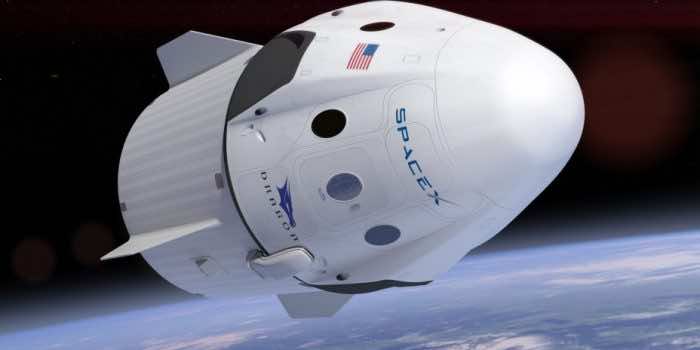SpaceX Crew Dragon launched into space in November 2020 and is currently docked to the International Space Station which is a modular space station in low Earth Orbit. The Dragon capsule sent out emergency alarms, scaring the whole crew of the space station. Venturing out into space and that for science no less is a very daring task.
The Crew Dragon spacecraft was the first operational crew flight from American soil to the ISS after the retirement of the Space Shuttle program back in 2011. It is capable of carrying up to 7 passengers to and from the Earth orbit. It is the first private-owned spacecraft to take humans to the space station. It also the only spacecraft currently capable of returning a lot of cargo back to Earth.
NASA Space Flight managing editor, Chris Bergin, Reported in a Tweet on Thursday that the capsule “annunciated false emergency messages for Fire and Rapid Depress as well as other erroneous messages yesterday” and “ISS crew ran responses for Fire and Rapid depress but stood down once stable readings were confirmed.”
You can view the original Tweet below
Bergin further added that the Crew Dragon capsule, also called Resilience was keeping the ISS crew on their toes. Another SpaceFlight reporter Tyler Gray clarified that “Crew Dragon Resilience and the Station are both in good health after these events”.
After some investigation, Bergin tweeted that according to a report from the ISS, “The issue was likely a Single Event Upset (SEU) on avionics box Power Unit 2B (Dragon’s primary 1553 gateway to ISS). The SEU radiation hit caused a processor to reset and output data which the ISS interpreted as a collection of emergencies and off-nominal indications”.
Computers on space stations like these are usually well-shielded so that radiation does not affect them so it’s unclear if this what actually happened. Still, we are glad that it was a false alarm.
There has yet to be any form of acknowledgment or further clarification about the issue from either SpaceX or NASA.


